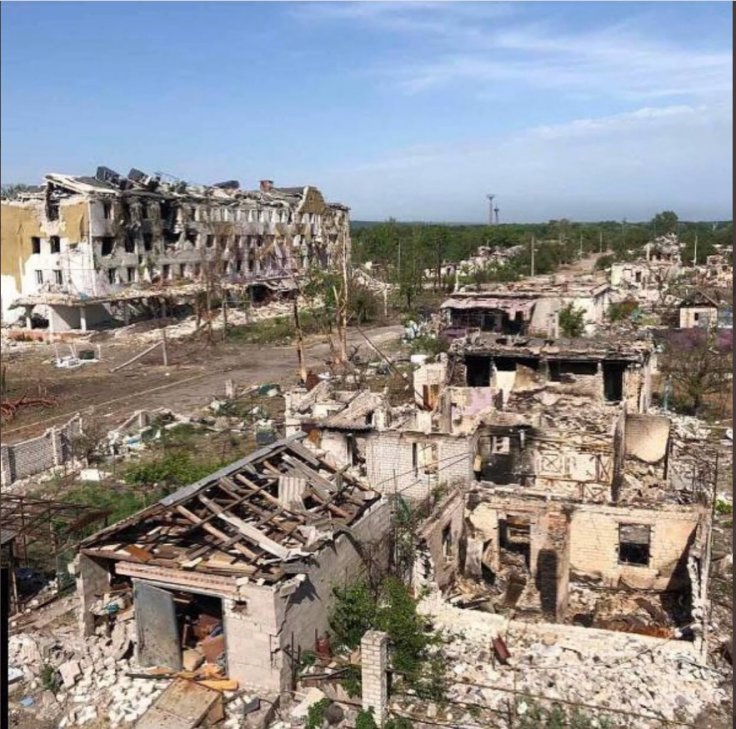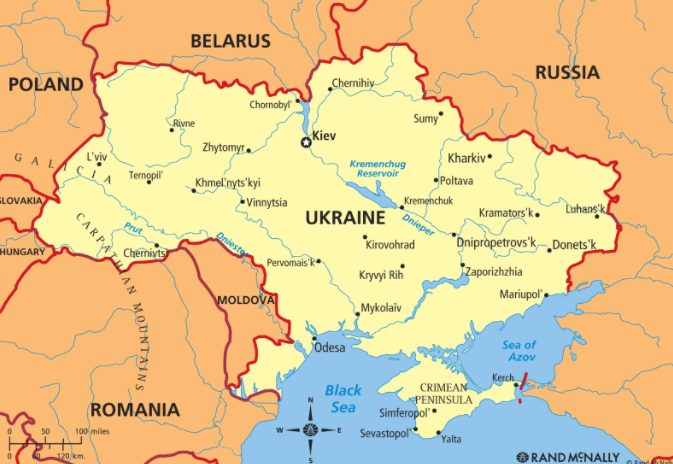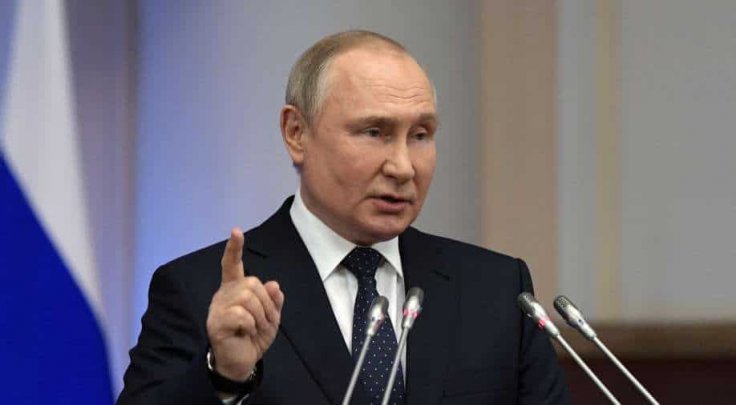Russia has said people in four occupied regions in Ukraine have voted to join the country. The referendums in the Donetsk and Lugansk People's Republics, along with Kherson Region and some part of Zaporozhye Region were conducted between September 23 and 27.
According to reports, Moscow's next step would be to formally annex the regions. Apart from people living in these regions, which are mostly Russian speaking, refugees displaced by the war and living in Russia had also cast the ballots.
15% of Ukraine's Territory
The regions where the voting took place have around four million people. The area covered by the referendums makes up nearly 15 percent of Ukraine's territory.

Ukraine President Vloldymyr Zelensky rejected the results of the referendum as a 'farce'. Ukraine has said it has every right to liberate its territories and will keep liberating them, 'whatever Russia has to say.'
The United States and the European Union said the referendums were a sham and that the regions annexed by Russia will never be recognized. International media outlets like Reuters, CNN, BBC and Bloomberg also toed the same line and described the vote as 'sham' and 'illegal. The NYT and the Washington Post said the referendum was 'staged'.
What Next?
The annexation process is normally a long one, but the Kremlin insiders say the process could be fast-tracked. The referendum results should be approved by the Russian parliament and the president.
Under the Russian constitution and the federal law on the accession of new constituent members, the procedure includes several steps. The process begins with the regions that are joining the Russian Federation submitting a proposal to Moscow. Once this happens, President Vladimir Putin will take the matter to the parliament.

Once the proposals get the approval at the highest echelons of the Russian government, a "draft international treaties on the admission of foreign states or parts of them" to Russia should be developed, Senator Konstantin Kosachev, who is also the vice speaker of the upper house of parliament, explained, according to the Russia Today.
After this, things like the name and status of new territories, citizenship, succession, the functioning of public authorities, the operation of legislation will be finalized.
That is when the accession treaties are formally signed. Once this step is over, the Russian Constitutional Court investigates and verifies if the processes comply with the Federation' supreme law. At this point, the accession treaty goes to the lower house, the State Duma, for its approval. Once this stage is over, the treaty is approved by the upper house, the Federation Council.
All this normally takes a long time to complete, but the Kremlin spokesman, Dmitry Peskov, has said he expects the process will be expedited.
Immediate Implications

By formally annexing Luhansk and Donetsk as well as the southern regions of Kherson and Zaporizhzhia, Putin would be in a position to strategically alter the war narrative, the Kremlin calculates. Once the regions are technically annexed, Moscow will cite territorial integrity and sovereign rights in the war to hold on to the regions.
Moscow repeated the warning that Russia would consider any attempts by Kiev to retake the annexed territories as attacks on its own land. "Immediately the Russian Constitution will come into force in relation to these territories where everything is very clearly stated in this regard," Peskov said.








